Peppercorn the potbellied piglet, all 12 pounds of him, came into my life squealing one April afternoon about five years ago. He was skittish and jumpy, obstinate and forever hungry–and really, really tiny. It was love at first oink.
Pepper–then named Guinness (yes, after the beer)–was living with a family in a townhouse with two large boxers when I first met him. I had found a rehoming ad for him online and promptly responded. “Guinness” was a 3-month-old “teacup” pig who’d been purchased by this family from a breeder and was to grow to be just 35 pounds. But after being in his new home just a few weeks, he’d become frightened by all the new activity and the gigantic dogs and ran around screaming constantly. If the family couldn’t find another home for him, off to the shelter he would go.
That was how I first encountered him, darting across the hardwood floor of that townhouse and screaming. He was so small, he sounded like a hamster.
Peppercorn settled in quickly, peeing all over my house, burying himself in blankets, cautiously befriending my (much smaller) dogs, eating voraciously, and snuggling a lot. Yes, there was a lot for him to learn: The floor isn’t a toilet; even small dogs and pigs don’t always mix (more on that later); not everything is food. But he was home.
I’d adopted Pepper in the midst of grief over losing my best friend, a neglected, ailing pig named Poppyseed, who’d only ever known love for the short few months he was with me after being confined in a barren, freezing hunting dog run for much of his young life. I ached to give my love to another, to save a life after failing to save Poppy’s.
In hindsight, I now know that the mourning period isn’t the best time for big life decisions. That, I was about to learn in very big ways.
And as the months wore on, and Pepper grew–and grew some more–I would learn for the first time what life is really like with a healthy, full-grown potbellied pig.

My first lesson was in size. From the time I adopted Pepper’s older brother Poppyseed, I knew that “teacup” pigs were a marketing ploy used by breeders to fuel sales of regular potbellied or “mini” pigs, and that no healthy adult pig should weigh under 50 pounds. (And, more often than not, these pigs reach upwards of 100 or 200 pounds.) Those who do stay petite only do so after breeders tell excited new guardians not to “overfeed” their new bundles of joy–or, more specifically, to feed them only 1/3 cup of food per day perpetually (for comparison, Pepper, now an adult, eats 2 cups of pellets every day, plus liberal fruits and veggies).
Unaware new pig parents happily oblige, resulting in frail, malnourished porcines who stand with their back legs curled under their bodies and whose lives are often tragically cut short–just like Beacon, the two-year-old pig who was the size of a milk jug after being raised in an aquarium and, despite being rescued, ultimately passed away.
So I knew when Pepper first walked in the door that his 12 pounds were fleeting. And, in fact, he’s now about 100 pounds, making it nearly impossible for me to move him on my own. Just last fall, when I was moving to a new home and had finished loading up the U-Haul, it was time to load Pepper into the passenger seat.
Now might be the right time to tell you that pigs scream bloody murder when their hooves leave the ground. I believe they think they are truly being murdered. It was cute when Pepper was a 12-pounder, but now I worry every time if I’m going to be reported to the police by my neighbors for torture.
So after attempting to guide him up a stepladder with his favorite treat, peanut butter, failed, resulting in him flailing about at the end of his leash wailing in my front yard, I mustered all my strength, lifted with all my might, and scooted him up the side of the truck, wedged between my body and the door frame–blood-curdling screams emanating from him all the while. After what felt like forever, he was in, and I was left with a baseball-sized bruise on my shoulder.
But, of course, I still love him and his goofy smile.
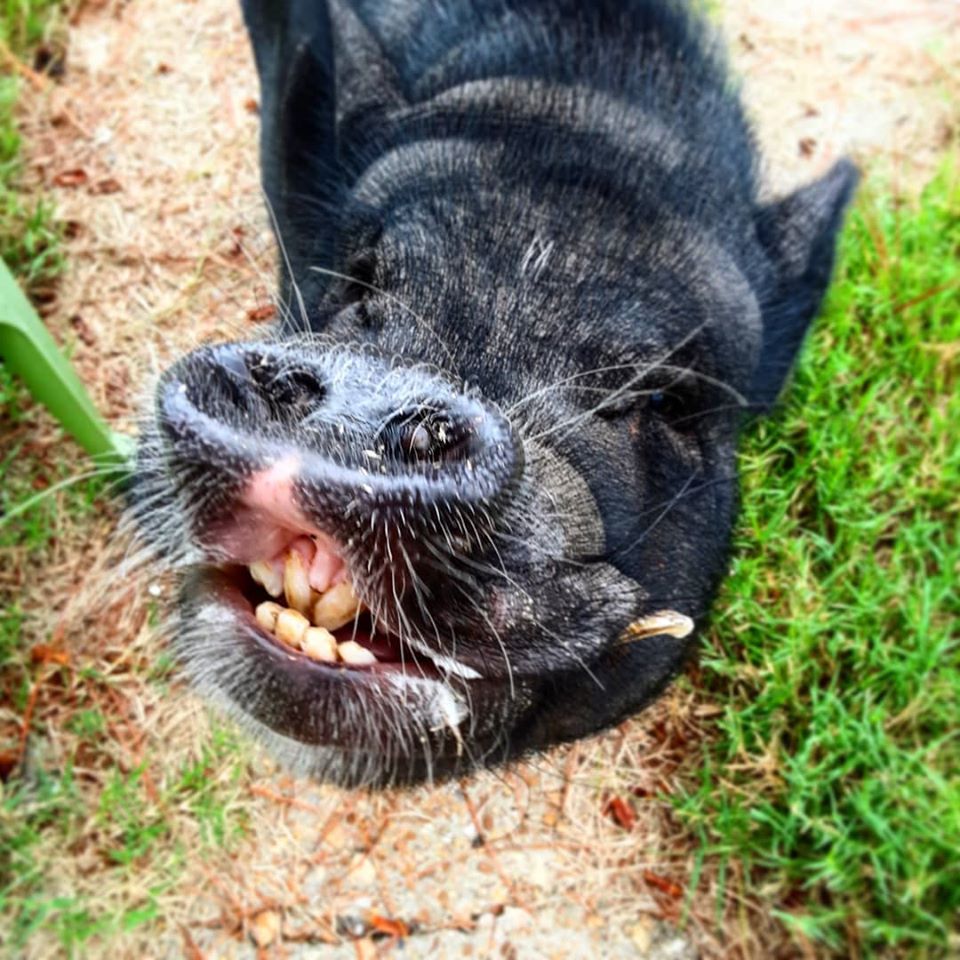
Because Poppy had passed away at about 8 months of age, I had never truly known an adult, or even teenager, pig. They call pigs’ adolescence the “terrible twos.” And that was my second lesson.
As Pepper reached this period, neutering was a given. I’d seen it in Poppy just before he passed, so I knew: Soon, he’d start mounting everything in sight–his toys, the dogs, our legs; it didn’t matter. Plus, unneutered male pigs give off a horrendous odor that makes them unsuitable house inhabitants.
But, despite his neutering, as he grew, so did his aggressive distaste for our dogs. I’d read that pigs and dogs can never be left alone together because even the most predictable, submissive dogs can snap. I thought my family’s Chihuahua and Pekingese would be the exception. But, alas, Pepper wasn’t. He’d get in their faces and swipe his head at them until they’d growl and run away. Then he’d chase after them. He was miserable; they were miserable.
Luckily, everyone was small. Luckily, I learned my lesson before there was any damage. But I’ve seen the photos, handfuls of them, of pigs missing ears from dogs who their guardians swore could never do such a thing.
The fact is that dogs are predators; pigs are prey. And I will never allow my pig to cohabitate with dogs again–for everyone’s safety. That means a carefully divided house, and enough attention to go around.

There was a brief period of about 11 months after Pepper’s adoption in which we lived in a rental home. Pepper’s room was in the kitchen, where he had easy access to come and go from the backyard. That’s something most pigs need–plenty of outdoors time. (And don’t try to grow a garden, even escalated a couple feet up on a pile of pallets. They will, just like Pepper, figure out how to get into it and eat all of your carrots and onions.)
As the little diva he is, though, Peppercorn adamantly refuses to stay outside when the temperature plunges below 40 degrees Fahrenheit. If you close him out there, he’ll just stand at the door and scream. Every time, I picture the cops rolling up asking about reports of a domestic disturbance. So I give in after about five minutes.
Locked inside all winter during his “terrible twos,” Pepper taught himself to open the fridge. And the first item he indulged in: A whole stick of margarine. The aftermath was brutal. As he slept peacefully in his pile of blankets, his intestines rebelled. And as he dreamed, his tail flitted to and fro. The mess on the blankets, floor, and wall took an hour to clean up.
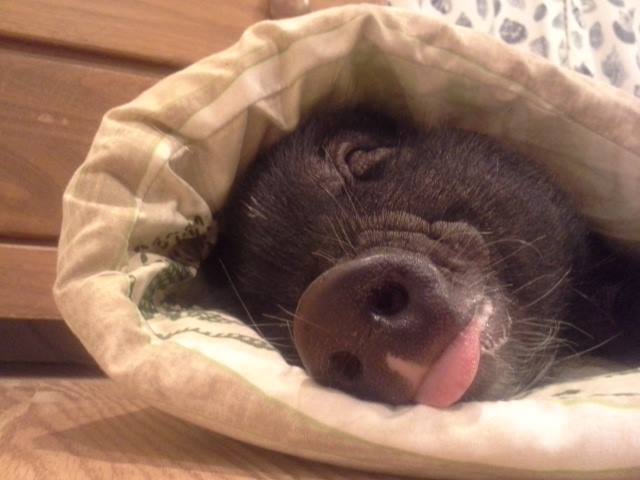
Ultimately, Pepper’s boredom during the long winter months, despite my construction of a rock box for him to (loudly) dig for treats in, periodic voyages into the wintry weather with a jacket (that cost $70 and probably took about 70 minutes to put on each time), and lots of belly rubs, produced a wave of destruction in that home.
He ate pieces of the walls and floors, and he left dirt from rooting in the yard on all the cabinets. An hour before every meal, he’d start biting on the door frame–a habit he still has to this day, despite my attempts to discourage or ignore it. We had to move.
My ex and I bought a house together, mostly because of Pepper. There, we installed a pig door between the laundry room and the backyard, so his damage was confined to a smaller area of the house–but he didn’t fail to destroy the original Dutch door to that room or knock off the temperature knob on the water heater (a $400 repair) in the 1.5 years we lived there. Oh, and as I was preparing to move to my next home after my divorce, he decided to help me with the renovations for my tenants by tearing off large panels of drywall. I became quite handy at DIY repairs last fall.
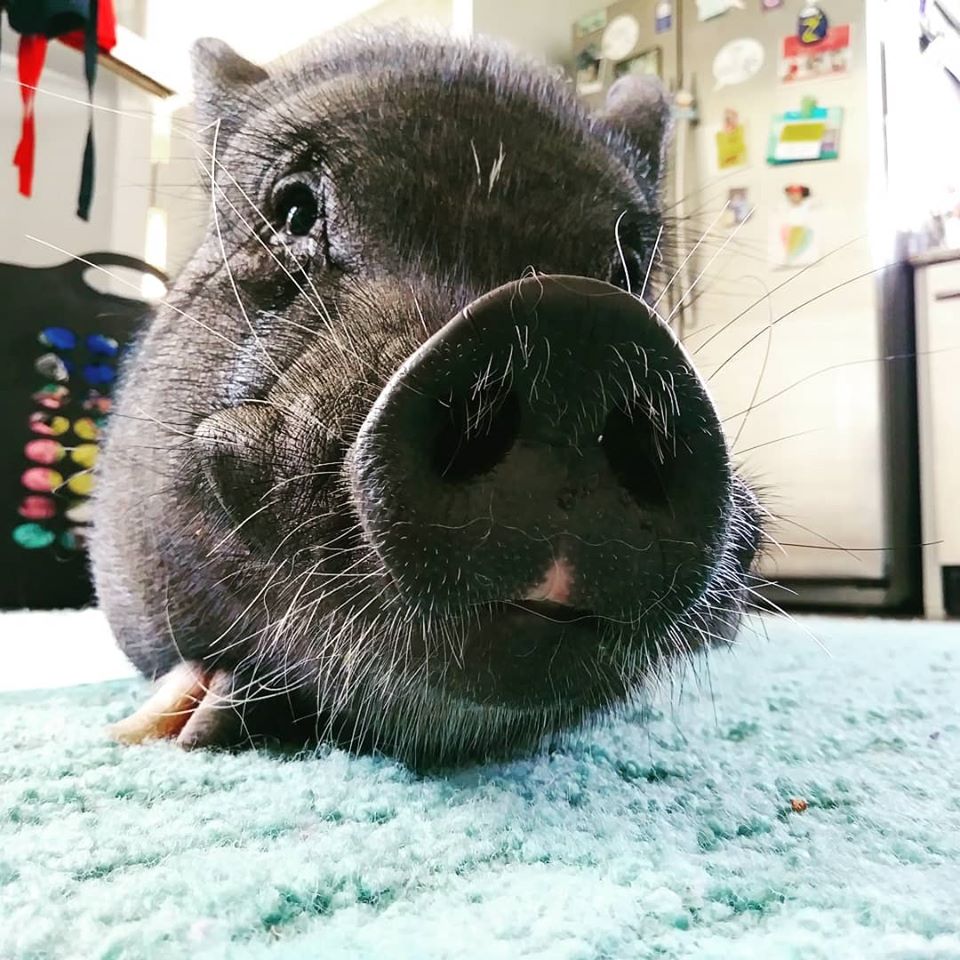
So, here I am, in my new house–again, purchased, not rented, for Pepper’s sake. I chose to settle in Front Royal, Virginia, despite my lifelong yearning to be near the Washington, DC, metro area for its culture, diversity, and opportunities. But this small mountain town about 60 miles away was the closest and most affordable option for me, a newly divorced woman working for a nonprofit with a pig and dog in tow. Not to mention–Washington and most of its suburbs (along with hundreds of other metropolitan areas around the country) prohibit potbellied pigs, considering them swine and, thus, farm animals.
It took me almost a month to set up my home to house both my pig and my dog separately and comfortably. I built a mini wall out of some fencing and bricks to divide the house in two, and I had to specially order a $600 large dog door to fit the French doors that lead to my backyard. Oh, and I can’t forget the $6,000 I spent to fence in the yard itself.
Now, the five-year-old Pepper lives in my living room, where I work much of the day and can easily spend time cuddling him on the couch. He’s already covered much of the dark green carpet with Virginia’s rusty red clay and will sometimes resort to biting on the flooring when he’s bored.
Probably the most difficult part of the transition has been his temper. Because he’s claimed the living room as his, when he was stuck indoors for weeks on end through the cold winter, he became (as did I) stir-crazy. He got into the habit of swiping his head at me as I’d pass between his area and the rest of the house–and Pepper has tusks that are sharp enough to break skin. Sometimes, he’s left my legs with scratches.
But I don’t blame him. This is how pigs communicate with one another, and after they’ve pushed each other around a little bit and gotten what they wanted, they resume normal behavior as if nothing happened. He head-swipes me to warn me that I’m bothering him, and this is just part of his language.
It’s my job, then, to tell him that it’s not an acceptable part of our household language. And to do that, I have to push back. I’ve mastered the art of “move the pig”–a technique in which a large, flat board is used as a blockade by a person who moves firmly and unflinchingly into the pig’s space to tell–not ask–him to move. It takes perseverance, and it takes courage.
The biggest lesson, after all of it, that I’ve learned is that pigs aren’t dogs. They can’t be treated like them. To be a pig parent, you have to learn what it means to be a pig.
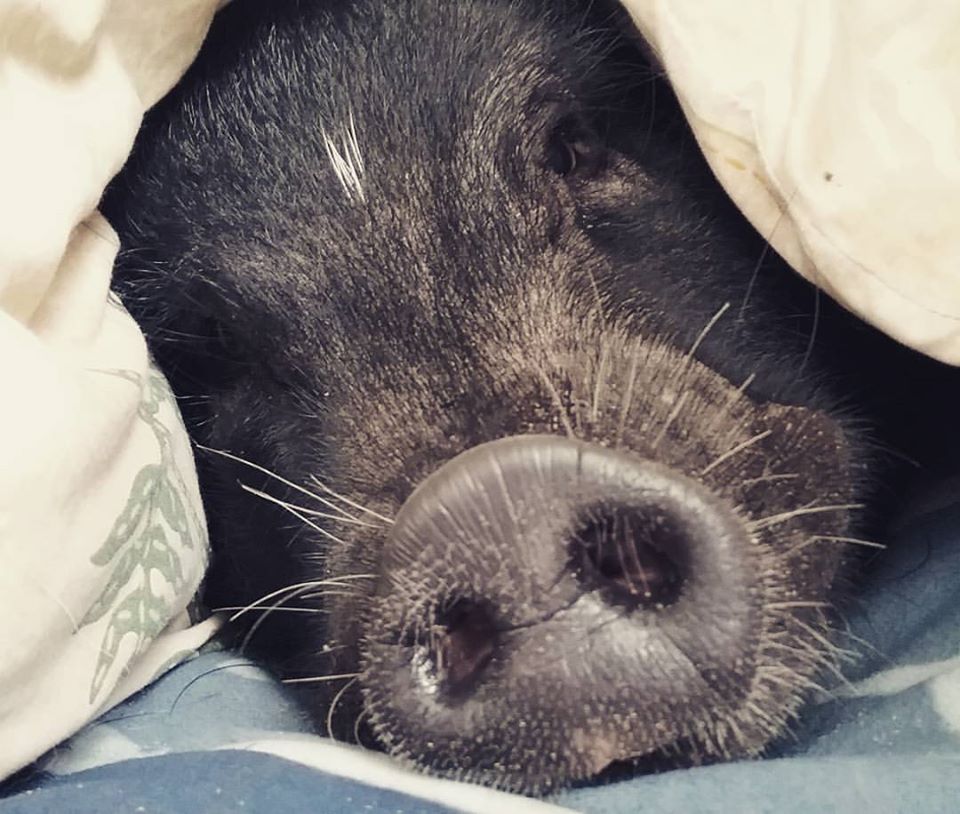
I am sharing all of this not to discourage, but to illuminate. Pigs are insanely smart, curious, and passionate animals–and all of those qualities, I believe, make them one of the most misunderstood animals. While they can outsmart chimps in video games, this complexity, aptitude, and determination leave them bored–and hence, destructive–in many homes. I’ve spent weeks and months learning how to provide an enriched life for my pig, and there’s still work to do. But, for now, he has a safe, warm bed (comprising a dog bed, three blankets, and a mashed-up bean bag chair he claimed) and a half acre to roam.
I dreamed of rescuing a pig my entire life–but if someone had told me that that desire would lead me to buying not one, but two, homes by age 31; racking up several thousands in debt for home renovations; and spending half of my twenties living a structured, regimented life around my pig’s needs, well, I might have thought longer and harder.
Would I still have a pig? Probably. Because despite all his obstinate behavior and mountain of bills, he adores flopping over and grunting for belly rubs, he’ll always come running with eager oinks when his name is called, and he never fails to find me at the end of the day for snuggles.
And because, with thousands of pigs reaching shelters every year and filling sanctuaries to the brim because of their aforementioned personalities or their unexpected growth spurts, they need us–those who are willing to adapt our lives and provide a forever home–to help curb this crisis.
With me, Pepper will always be home. And I hope that others who see the beauty behind these big babies will follow me in adopting a pig in need. But only after much research and peparation, of course. Your life will never be the same.

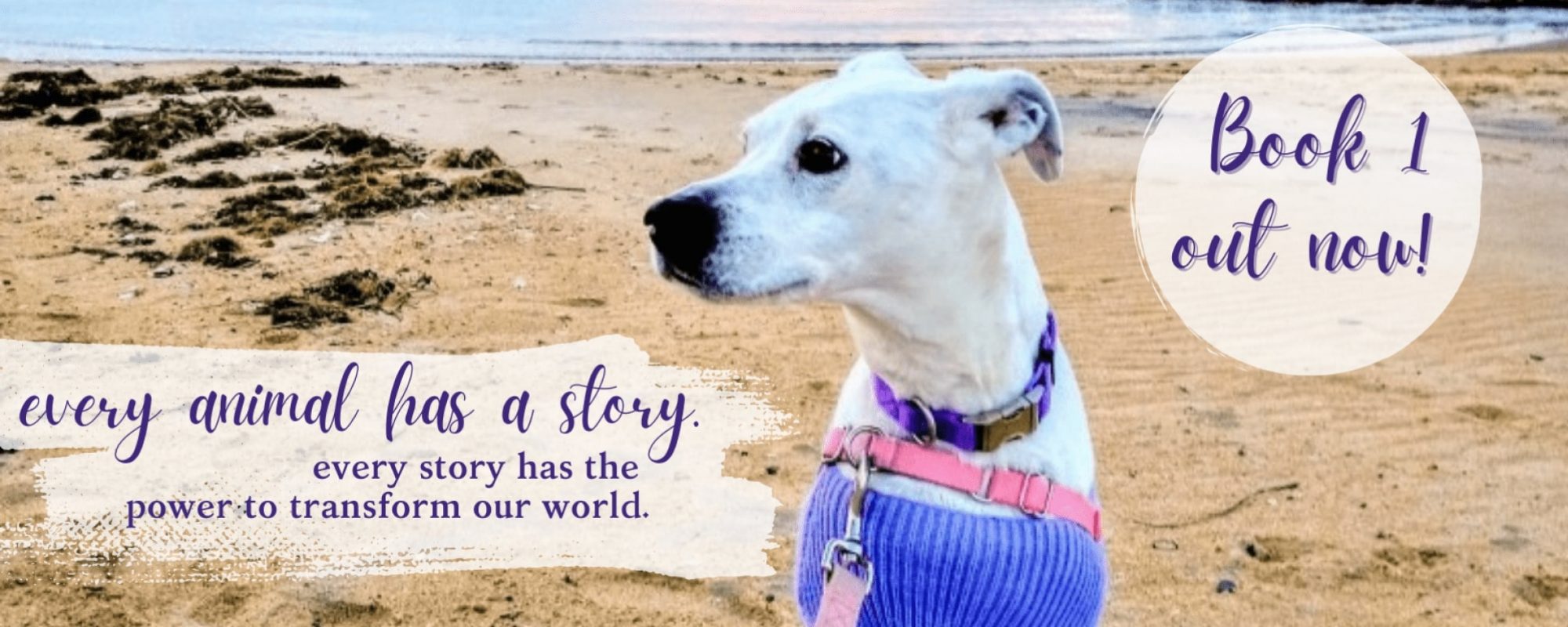
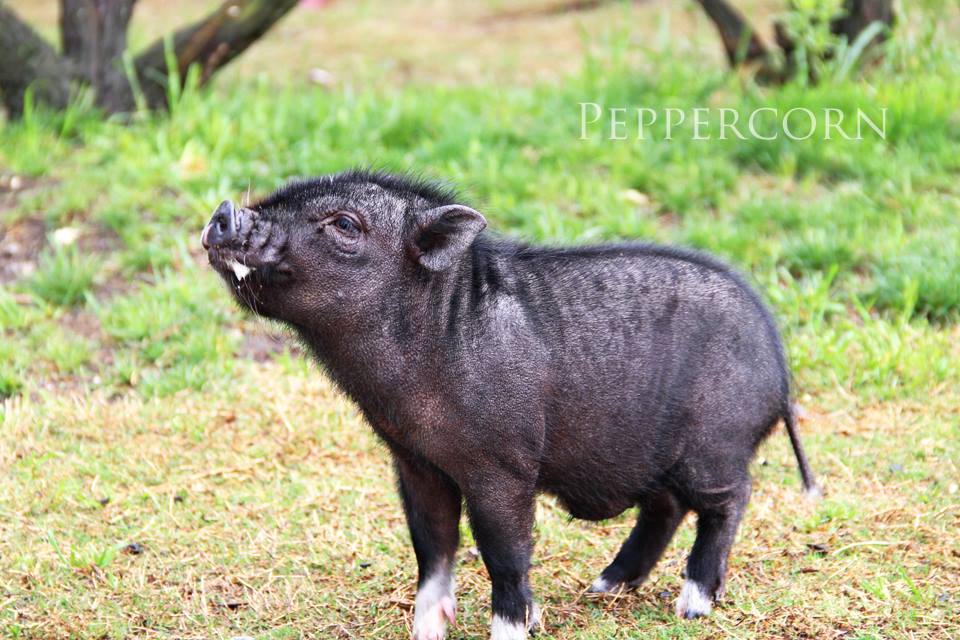


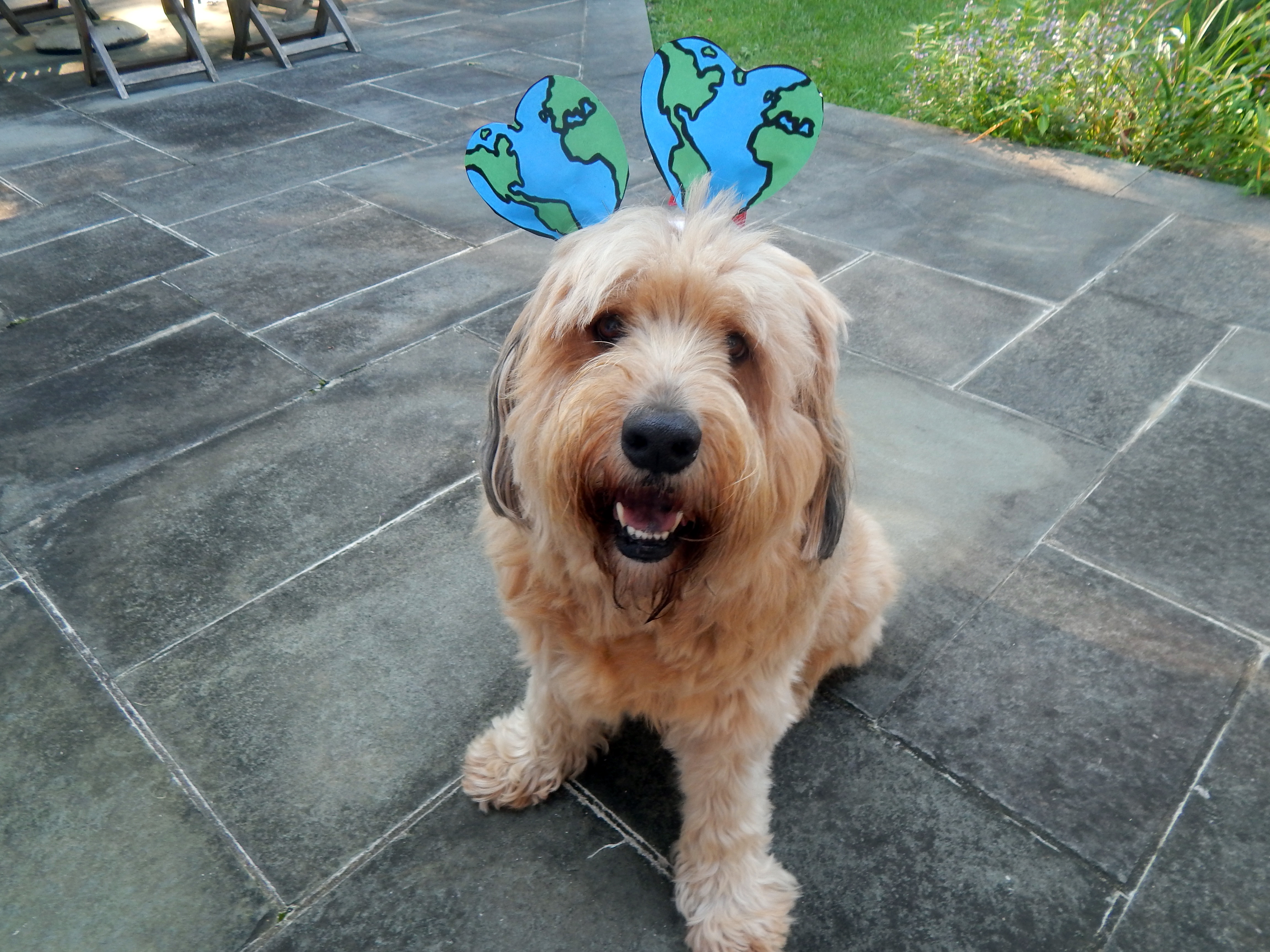

 Annie thus founded
Annie thus founded 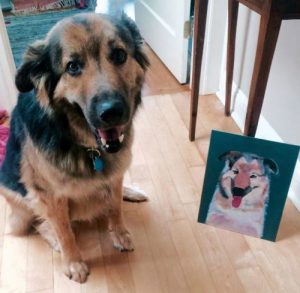 Annie has now set her sights even higher, hoping that other states will follow suit.
Annie has now set her sights even higher, hoping that other states will follow suit.